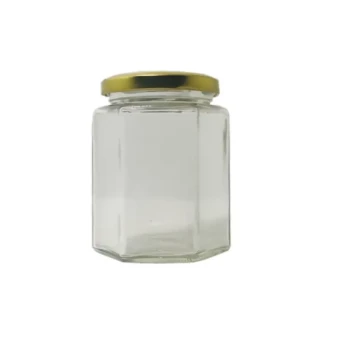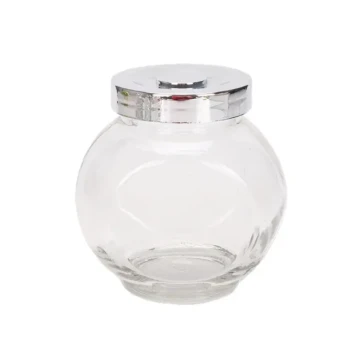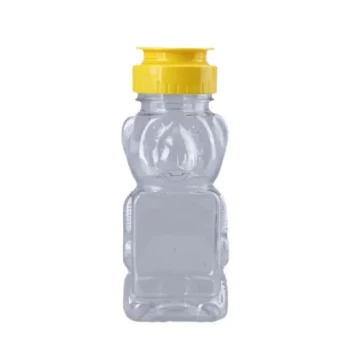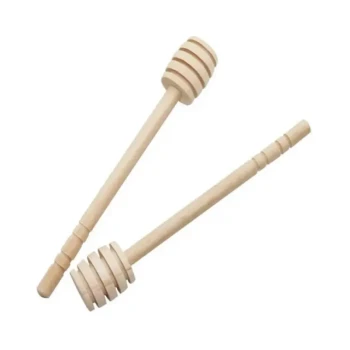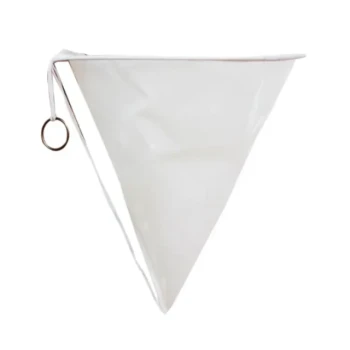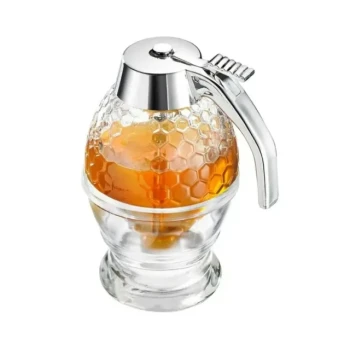For indefinite preservation, you must store honey in a tightly sealed, non-metallic container in a cool, dark place with a stable temperature. The primary enemies of long-term honey quality are heat fluctuations, direct light, and exposure to air and moisture. Mastering these three factors is the key to protecting its flavor, aroma, and consistency for years, or even decades.
Honey's natural composition makes it incredibly resistant to spoilage. Your storage goal is not to prevent it from "going bad," but to preserve its nuanced quality by shielding it from environmental factors—heat, light, and air—that cause it to darken, lose flavor, and change texture over time.
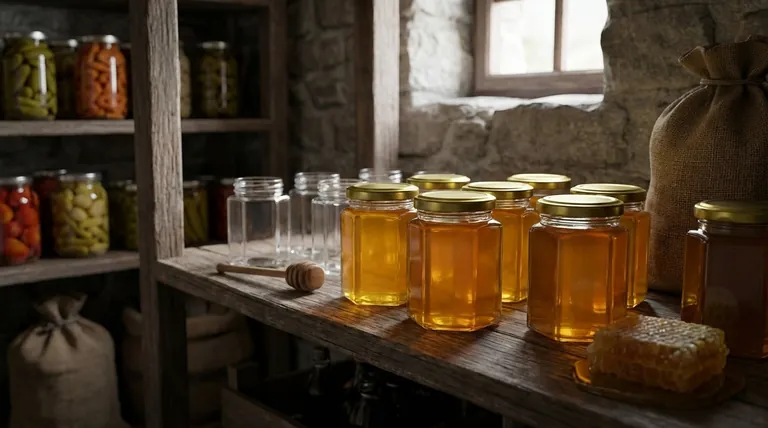
The Three Pillars of Honey Preservation
Properly stored honey found in ancient tombs was reportedly still edible. This is a testament to its durability, but its quality is fragile. Your primary task is to create a stable environment that minimizes change.
Pillar 1: Maintain a Cool, Stable Temperature
Heat is the single most significant factor in honey degradation. It accelerates the breakdown of delicate enzymes and aromas, and it will permanently darken the honey's color and alter its flavor profile.
The ideal storage is at a moderate, stable room temperature, generally between 50-70°F (10-21°C). A cool, dark pantry or cupboard is far superior to a location next to a stove, on top of a refrigerator, or in a sunlit area.
Avoid temperature extremes. Do not store honey in an uninsulated attic or garage where it is subject to seasonal heat and cold. While refrigeration is not necessary, it can also promote faster and coarser crystallization due to temperature fluctuations.
Pillar 2: Eliminate All Light Exposure
Direct sunlight and even persistent indoor light can degrade honey quality. The ultraviolet rays in light can break down beneficial enzymes and vitamins, slowly compromising the honey's nutritional value and subtle flavors.
Store honey in a dark place like a cupboard. If you must store it in the open, use an opaque container or transfer it from a clear glass jar to a dark one. The original container is often designed to protect it, but a dark pantry is the most reliable solution.
Pillar 3: Use an Airtight, Non-Metallic Container
Honey is hygroscopic, meaning it readily absorbs moisture from the atmosphere. If honey's water content rises above approximately 18%, it can begin to ferment. A tightly sealed lid is non-negotiable to prevent this and to stop the honey from absorbing other ambient odors in your kitchen.
The material of the container is also critical. Glass jars are the gold standard because glass is inert and impermeable. Food-grade plastic is acceptable, especially for shorter-term storage. However, you must avoid storing honey in metal containers. The natural acids in honey can react with and oxidize the metal, leaching a metallic taste into the honey and compromising its purity.
Understanding Crystallization: A Sign of Quality, Not Spoilage
Many users mistake crystallization for spoilage. In reality, it is a natural process that is a hallmark of high-quality, raw honey.
What Causes Honey to Crystallize?
Honey is a supersaturated solution of two main sugars: fructose and glucose. Over time, the glucose, which is less soluble than fructose, will separate from the water and form tiny crystals. This is a physical change, not a chemical one, and it does not mean the honey has gone bad.
How to Manage Crystallization
Crystallization is influenced by temperature and the honey's floral source. You can slow it down by storing honey at a stable, moderate room temperature.
If your honey does crystallize, you can easily return it to a liquid state. Simply place the sealed jar in a bowl of warm (not boiling) water and stir it gently until the crystals dissolve. Never microwave honey, as the intense, uneven heat will destroy its beneficial enzymes and delicate flavors.
Making the Right Choice for Your Goal
Your storage strategy should align with your intended use and timeline.
- If your primary focus is preserving raw honey's enzymes: Store it in a sealed glass jar in a cool, dark pantry to protect it from both light and heat degradation.
- If your primary focus is preventing crystallization for daily use: Keep it at a stable room temperature. A kitchen cupboard away from appliances is perfect, as refrigeration can accelerate crystal formation.
- If your primary focus is very long-term archival storage: An airtight glass jar in the coolest, darkest, and most temperature-stable part of your home, like a cellar, is the ideal solution.
By controlling the simple variables of temperature, light, and air, you can effectively safeguard the integrity of your honey for as long as you need it.
Summary Table:
| Storage Factor | Key Action | Ideal Condition |
|---|---|---|
| Temperature | Avoid heat fluctuations | 50-70°F (10-21°C), stable |
| Light | Block all light exposure | Dark cupboard or opaque container |
| Container | Use airtight, non-metallic seal | Glass jar with tight lid |
Stock up with confidence. HONESTBEE supplies commercial apiaries and beekeeping equipment distributors with the highest-quality, durable storage containers and supplies designed for long-term honey preservation. Ensure your product maintains its quality from hive to customer. Contact our wholesale experts today to discuss your bulk supply needs.
Visual Guide
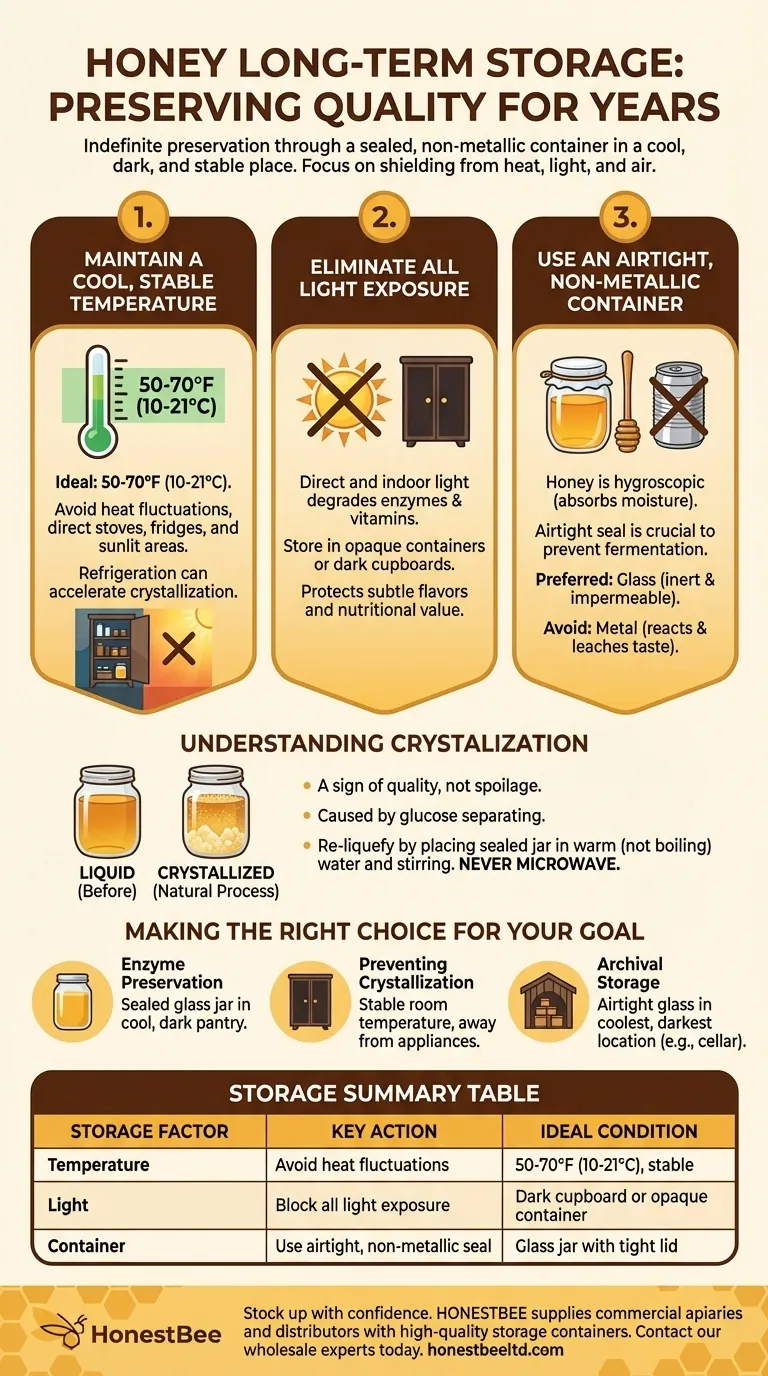
Related Products
- Hexagonal Glass Honey Jars with Metal Lug Caps Elegant Versatile Packaging
- Classic Drum Shaped Glass Honey Jar with Airtight Lid
- Inverted Squeezable Honey Jar with No Drip Flip Top Cap for Easy Pouring
- Classic Honey Bear Jars with Flip Top Dispensing Cap for Liquid Sweeteners
- Natural Wood Honey Dipper for Tea Coffee and Desserts
People Also Ask
- What is the best way to jar honey? Preserve Quality with the Right Container
- How should honey be stored and packaged? Preserve Flavor & Quality with Proper Containers
- What is done with the honey after extraction and filtering? From Purification to Perfect Packaging
- What are the common types of honey packaging? A Guide to Glass, Plastic, Pouches & Tins
- How many jars of honey do you get from a hive? Unlock Sustainable Harvesting Secrets
